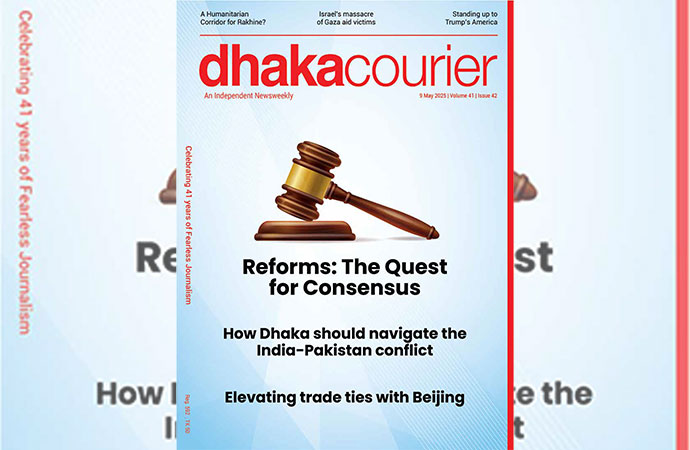Featured 1

Image: Collected
It would be too simplistic to ascribe the 2008/9 financial crisis, from which some economists will tell you the world economy never truly recovered, to the September 2008 collapse of Lehman Brothers - at the time the largest bankruptcy in US corporate history. That is what often happens when looking back these days, but it is important to note that Lehman's collapse itself was the culmination of several different strands and forces coming together that would form the hallmark of several more such failures in the days that followed.
As a signal of things to come though, you cannot look beyond it. Lehman back then had established a reputation for pitching up with the big boys of investment banking - your Goldmans and Morgans - and holding their own quite well. Young people liked working there, the story of its office at 1 World Trade Center that was destroyed during 9/11 (only one of its employees perished in the attack) won it some positive publicity, and by 2008 it had grown into the fourth-largest investment bank in the United States, with about 25,000 employees worldwide. Before the year was out, it was gone.
Other banks and financial institutions soon followed, not just in the United States, but across the Atlantic in Europe as well, and the entire world was plunged into what eventually came to be known as the Global Final Crisis. Rightly so. Globally, the bailouts in the financial sector amounted to more or less a trillion dollars. The prolonged recession, with its notably sluggish recovery, and the phenomenon of 'jobless growth' that it precipitated in some regions, of course impoverished untold millions, disrupted lives beyond recognition and caused not only the rate of suicides to spike, but also a drop in fertility.
It is worth belabouring the point, because it is inevitable that the first collapse of a US bank since that crisis (or 2008, to be precise), that we saw with the sudden and by all accounts largely unforeseen closure of the Silicon Valley Bank last week, would draw some comparison with the earliest signs of the last crisis. Punters who happened to foresee some elements of that crisis, resulting in lifelong introductions as 'The Man Who Predicted The 2008 Financial Crisis', have been doing the rounds in the media, telling everybody who will listen that it's happening again.
By the way, although Bangladesh may have come off relatively unscathed during the last crisis - with the benefit of sight, this is put down to being largely 'insulated' from the global economy at the time. Which is far from the case today.
We entered 2023 with no shortage of predictions that the world economy stood at great risk of encountering recession in these 12 months. It was always questionable how much of that should be taken seriously. At times the dire warnings seemed specifically aimed at maybe spooking Vladimir Putin into disavowing his stated objectives in Ukraine, and rolling back what he calls the 'special military operation' Russia has undertaken there. But although this was always rather far-fetched, a bank collapse, followed within days by another one, could only dent people's confidence in the economy.
The second collapse, of New York-based Signature Bank, introduced the fear of contagion into the mix - and that in financial markets is an altogether different monster. Reports now suggest eleven of the biggest US banks put together a $30 billion rescue package to prevent First Republic Bank, based in California, from joining SVB and Signature. For now it would seem to have worked. But things are bound to remain jittery for some weeks ahead.

























Leave a Comment
Recent Posts
Enayetullah Khan to represent ...
Enayetullah Khan, Editor-in-Chief of United News of Bangladesh (UNB), ...
The tragedy in Ahmedabad touch ...
Air crashes are inherently international incidents, and the emotions t ...
Asset recovery a key focus; breakthroughs from talks ..
'It'll inspire youths to build Bangladesh they dream ..
UK envoy Sarah Cooke happy with Yunus’ visit to Brit ..
Prof Yunus honoured with prestigious Harmony Award b ..